Nature doesn’t insist on a single blueprint. Many animals thrive without a centralized brain, relying instead on simple nerve nets, ring-and-radial nerves, or chains of ganglia to sense, move, feed, and reproduce—especially in the sea. Here’s a clear, reader-friendly guide to 14 classic examples.
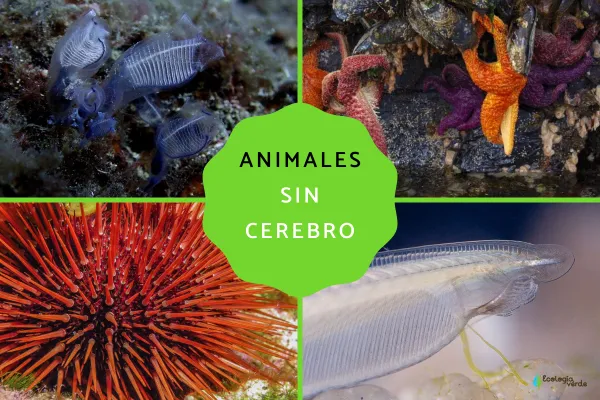
Why some animals function without a brain
aquarium/portuguese-man-of-war.html">Portuguese man-of-war (Physalia physalis)
Upside-down jellyfish (Cassiopea xamachana)
Comb jellies (Phylum Ctenophora)
Sea squirts / ascidians (Class Ascidiacea)
Sea stars (Class Asteroidea)
Sea urchins (Class Echinoidea)
Sea cucumbers (Class Holothuroidea)
Crinoids / feather stars (Class Crinoidea)
Sea sponges (Aplysina aerophoba as an example)
Sea anemones (Order Actiniaria)
Red coral (Corallium rubrum)
Lancelet / amphioxus (Branchiostoma lanceolatum)
Leeches (Subclass Hirudinea)
Earthworms (Family Lumbricidae)
No single command center: Instead of a brain, many groups use a diffuse nerve net (e.g., jellyfish, anemones), ring-and-radial nerves (e.g., sea stars), or segmented ganglia (e.g., annelids) to coordinate behavior.
Sensing is distributed: Chemoreceptors, tactile cells, and light-sensitive spots spread across the body guide movement, feeding, and defense.
Division of labor: Some “organisms” (e.g., the aquarium/portuguese-man-of-war.html">Portuguese man-of-war) are actually colonies of specialized individuals that work together as one.
What it is: A floating colonial hydrozoan, not a true jellyfish.
Why “brain-less”: No centralized brain; each zooid in the colony handles a role—buoyancy (float), feeding (gastrozooids), stinging/defense (dactylozooids), or reproduction.
Highlights: Long venomous tentacles loaded with cnidocytes; drifts in warm oceans.
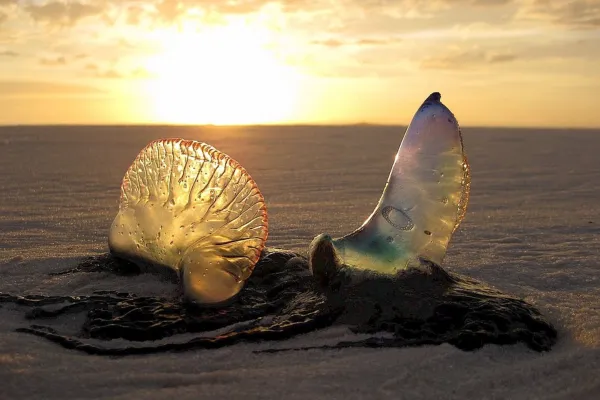
Neural plan: Lacks a brain; uses a nerve net with simple sensory structures.
Look & lifestyle: Rests “upside down” on shallow seafloors with its oral arms upward; often greenish due to symbiotic algae that provide energy.
Bonus behavior: Sometimes “hitchhikes” on crabs—jellyfish offer stinging protection, crabs help with transport.
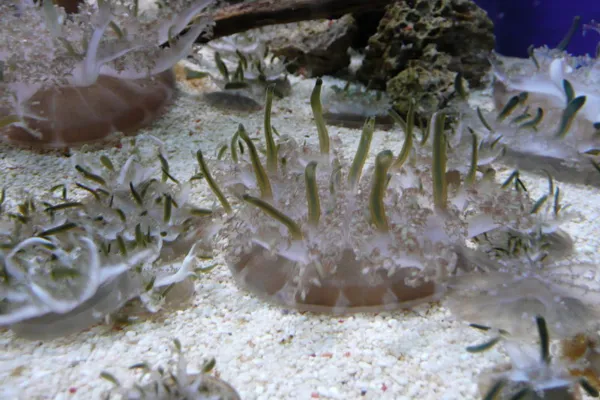
Neural plan: No brain; very simple nervous system.
Movement: Eight rows of beating ciliary “combs” propel them; many are bioluminescent.
Feeding: Use sticky colloblasts (not stinging cells) to capture prey; key members of the zooplankton.
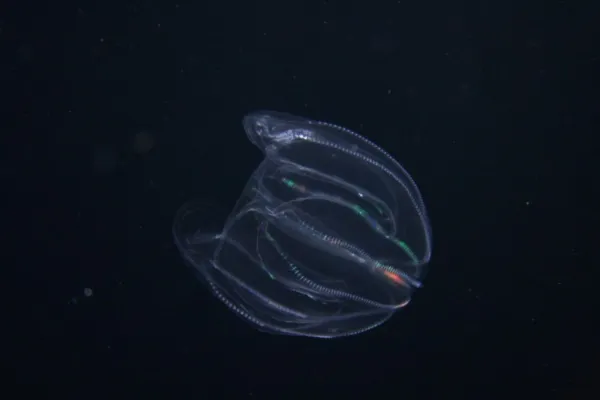
Adults: Sessile filter feeders with no centralized brain (a small ganglion coordinates siphons and musculature).
Larvae: Tadpole-like, with a notochord and a primitive “brainlike” sensory organ; these regress when the animal settles.
Where: On rocks, pilings, and other hard substrates worldwide.
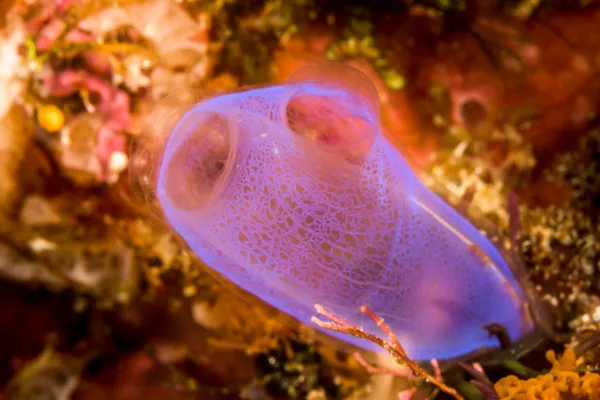
Neural plan: Ring nerve around the mouth with radial nerves into each arm—no brain.
Signature system: A water vascular system drives tube feet for crawling, feeding, and gas exchange.
Superpower: Regeneration—lost arms can regrow (some genera can even regrow an entire body from a single arm).
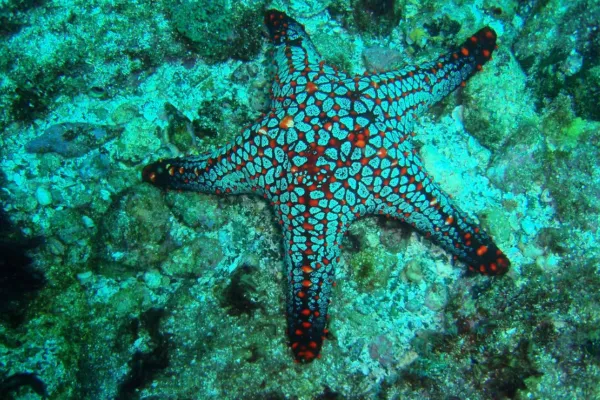
Neural plan: Ring/radial nerve organization; no true brain.
Traits: Globular shell with movable spines; a complex jaw apparatus (Aristotle’s lantern) for grazing.
Role: Turn over sediments and crop algae—benthic “gardeners.”
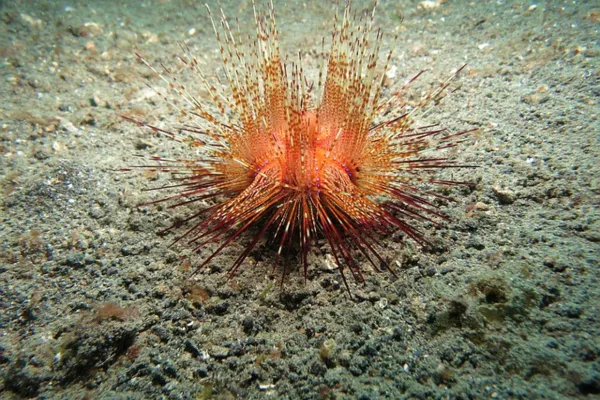
Neural plan: Nerve ring and longitudinal nerves, but no central brain.
Defenses: Some species eviscerate (expel viscera) to escape predators; the organs regenerate.
Feeding: Deposit feeders that ingest sediments and recycle nutrients.
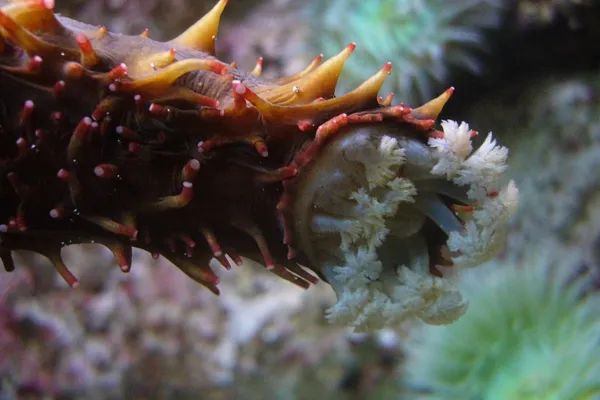
Neural plan: No brain; distributed neural control across many feathery arms.
Types: Stalked sea lilies (attached) and free-living feather stars.
Feeding: Ciliated grooves funnel suspended particles to the mouth.

Neural plan: No true tissues, organs, or neurons—hence no brain.
How they live: Use choanocytes (collar cells) to pump water through canals, filtering out microbes and dissolved organics.
Impact: Major filter feeders that help clarify water and cycle nutrients.
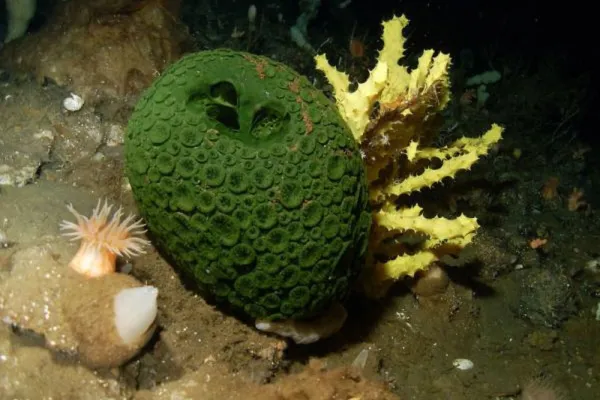
Neural plan: Diffuse nerve net with no centralized brain.
Feeding & defense: Tentacles ringed with stinging cnidocytes; many host clownfish in mutualistic partnerships.
Lifestyle: Mostly sessile on rock and coral; can slowly “creep.”
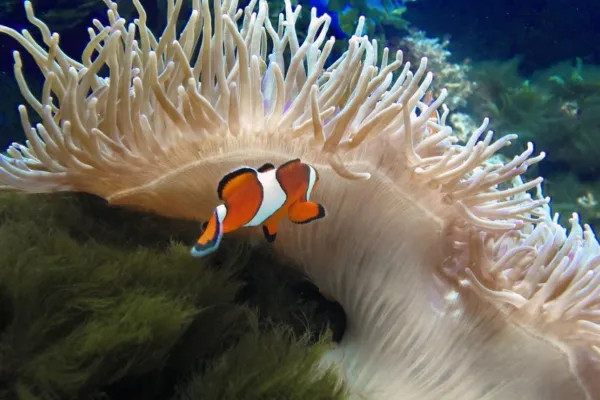
What it is: A colonial octocoral (soft coral) that forms a hard, red internal skeleton.
Neural plan: No centralized brain; coordination via simple nerve nets across polyps.
Ecology: Builds intricate three-dimensional habitats for small marine life.
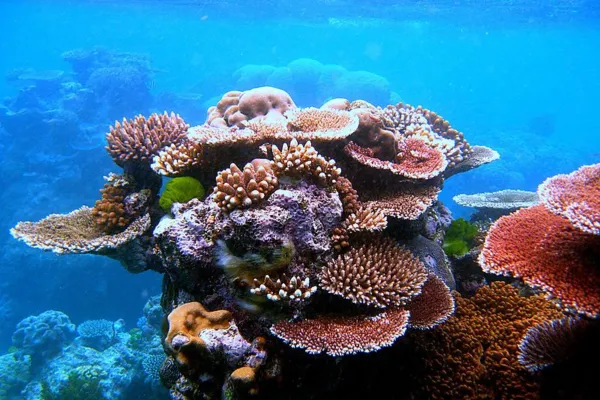
Bridge form: A classic model for vertebrate origins.
Neuro-skeletal plan: No cranium and no true brain; has a dorsal nerve cord and persistent notochord.
Habits: Partly buried in sandy shallows; filter feeds with oral cirri.
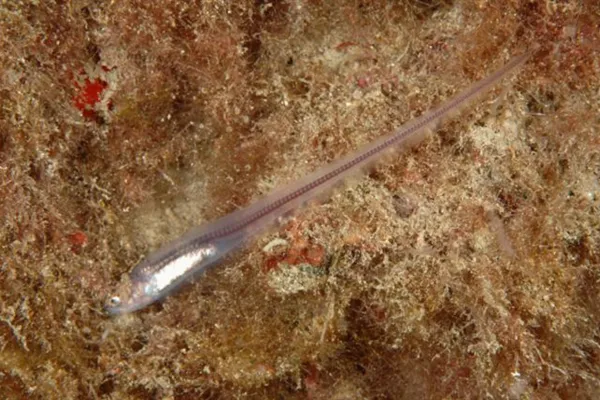
Neural plan: Segmented ganglia linked by a ventral nerve cord; small anterior ganglion acts as a simple control center (not a complex brain).
Notables: Front and rear suckers; saliva contains anticoagulants (e.g., hirudin).
Where: Mostly freshwater, with terrestrial and marine species too.
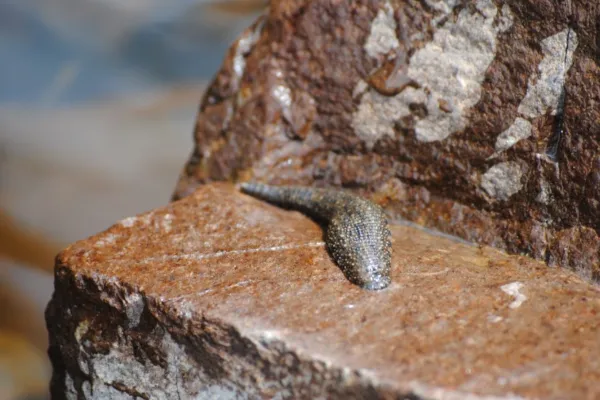
Neural plan: A small cerebral (cephalic) ganglion plus a ventral chain of segmental ganglia—decentralized control rather than a true brain.
Ecosystem service: Mix soil, accelerate decomposition, and improve aeration—classic ecosystem engineers.
Respiration: Across their moist skin.
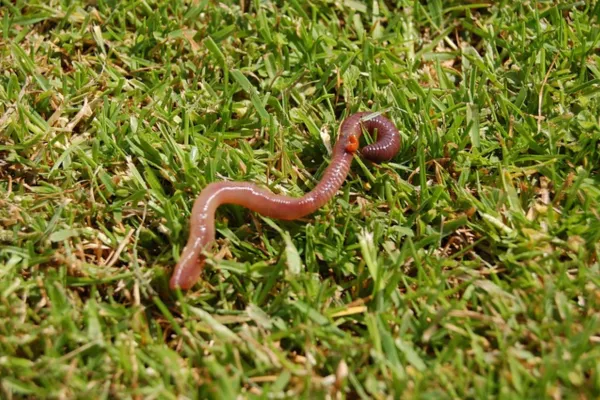
“Brain-less” doesn’t mean “low-tech.” From the sponge’s pump-and-filter body plan to the sea star’s hydraulic locomotion and the lancelet’s proto-vertebrate wiring, these organisms show that life can solve the same problems with radically different hardware—and do it remarkably well.
Bibliography
Diéguez, A. et al., (2014). Animal and Human Nature. Editorial Siglo XXI: Biblioteca Nueva (Colección razón y sociedad).
Conway S. & Collins, D. (1996). "Middle Cambrian Ctenophores from the Stephen Formation, British Columbia, Canada." Philosophical Transactions of the Royal Society: Biological Sciences (London: The Royal Society), Volume 351 (1337), pages: 279-308.
Pandolfi, M. (January 15, 2013). Learning from Fish: A Brain with Unique Properties and a Strategic Resource. Conicet.
animal tags: brainless animals
We created this article in conjunction with AI technology, then made sure it was fact-checked and edited by a Animals Top editor.